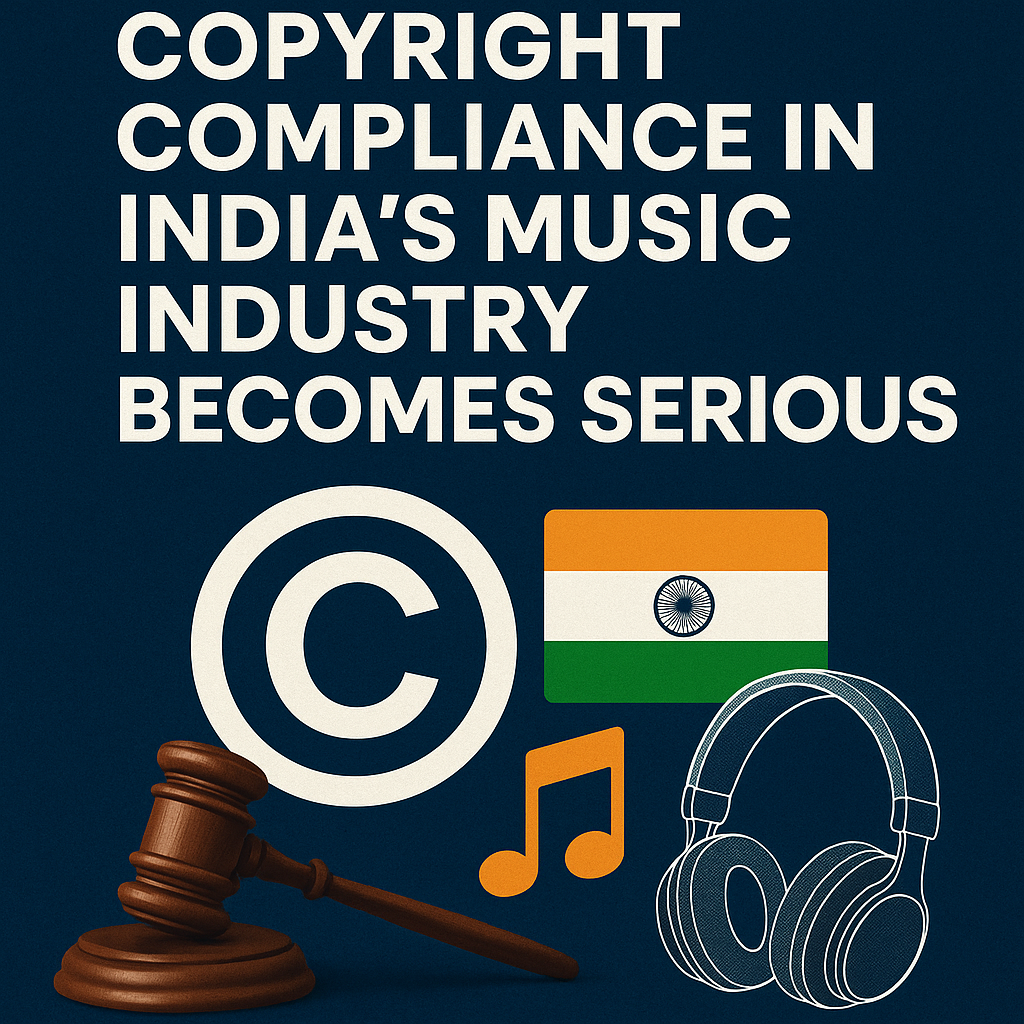
India's music industry, long fueled by Bollywood’s melodies and emotional resonance, is now navigating turbulent waters. As music consumption shifts drastically toward digital platforms like YouTube, Spotify, and Gaana, the issue of copyright compliance has moved from the margins to center stage. Once brushed aside as a mere contractual formality, copyright enforcement has become a make-or-break concern for India’s lyricists, singers, and composers.
The Royalty Debate: From Ignored Voices to Legal Victories
On the eve of World Music Day 2024, veteran lyricist and screenwriter Javed Akhtar recalled his long-standing battle for royalty rights. Speaking to Hindustan Times, he said, “A music company humiliated me for raising the issue of royalties. I studied global copyright norms and used my position as an MP to push policy reforms.” His relentless efforts played a key role in shaping India's Copyright (Amendment) Act, 2012, which legally mandates royalty payments to authors and performers.
Akhtar also credited legendary singer Lata Mangeshkar for championing this cause. He recalled a pivotal moment from 1991 when a minister belittled singers as mere vocalists. Deeply hurt, Mangeshkar joined the fight, advocating strongly for equitable treatment of singers and lyricists.
Digital Growth vs. Copyright Control: A Tug of War
With digital music now just a tap away, the line between legal and illegal usage has blurred. Songs are streamed, downloaded, remixed, and reshared without due credit or compensation. Despite India’s updated copyright laws, implementation remains weak. The sheer volume of content uploaded online makes monitoring and enforcement a logistical nightmare.
Unauthorized duplication, pirated music websites, and revenue loss from unlicensed streaming have grown into a multi-crore challenge. Even prominent artists often find their work exploited without consent.
A Glimpse of Progress: Artists Recognize the Change
Bollywood singer Sonu Nigam, a 90s icon, expressed optimism about the evolving landscape. “It feels good that the darker days of the music industry are behind us. Things are improving. We’re back to doing what we love — creating music — without constantly worrying about being exploited,” he told reporters during a recent interview.
Who’s Protecting the Artists? Rising Role of Rights Bodies
Organizations like the Indian Performing Right Society (IPRS) and the Indian Singers and Musicians Rights Association (ISAMRA) have become essential players in this fight. They actively work to educate artists about their rights and ensure creators are fairly compensated when their works are used commercially — whether in films, ads, or online platforms.
Their role has become even more critical in the age of reels, remixes, and ringtones, where music is constantly repackaged for profit.
Tech to the Rescue: Blockchain and AI Join the Battle
To keep up with the evolving nature of digital copyright violations, the industry is turning to technology. Blockchain is being explored to offer transparent, tamper-proof records of ownership and licensing agreements. Meanwhile, AI and machine learning algorithms are being deployed to identify unauthorized usage across the web in real time — flagging suspicious streams, reuploads, and pirated tracks.
These tools promise better tracking, quicker takedowns, and automated royalty distributions — a massive leap from the tedious paperwork and court battles of the past.
India’s Copyright Future: Collaborative, Tech-Driven, and Artist-Centric
While the legal framework has grown stronger, copyright compliance in India's music industry still demands consistent vigilance. Policymakers, platforms, record labels, and artists must work together to close the gap between law and reality.
Education, transparency, and fair licensing models will be critical to build an ecosystem where talent is respected and rewarded. If done right, India can emerge as a global model for copyright governance in the streaming age.

